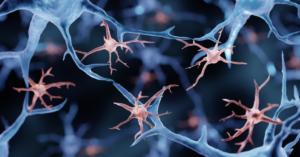
Snapshot: What is Dystonia?
Dystonia is a disorder that affects the way a person moves. Specifically, people with dystonia have involuntary muscle contractions, which can cause abnormal twisting postures. Dystonia can affect muscles anywhere in the body, including the face, neck, torso, and limbs. The impact of dystonia can vary greatly across individuals. Some Read More…











